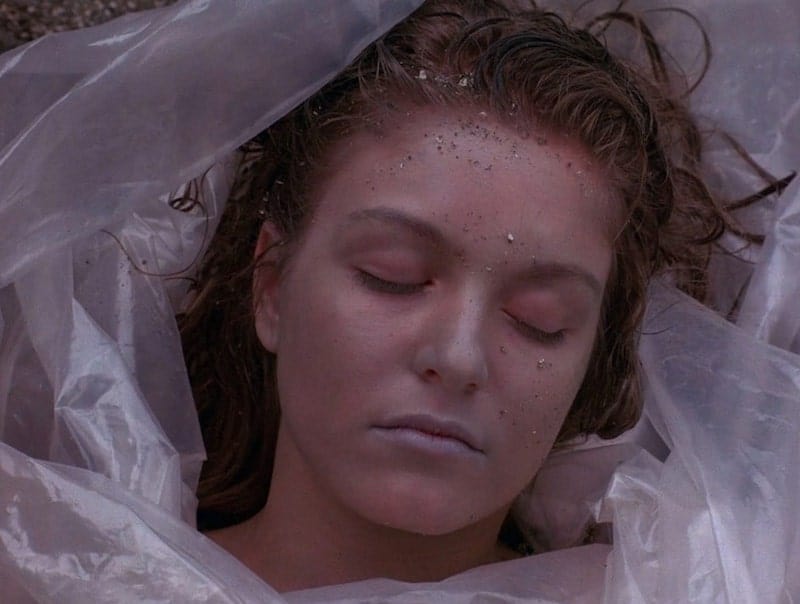Welcome to The Queue — your daily distraction of curated video content sourced from across the web. Today, we’re watching a video essay that looks at the narrative trope of the “dead girl.”
We enjoy digging into tropes around these parts. And today’s subject is a bit of an uncanny one: an insidious overlap of reality and fiction.
One of the stories we’re obsessed with telling ourselves is the case of the idealized beautiful young dead girl. She’s a tragic figure. She’s usually blonde. And talking heads in documentaries love to put her on a pedestal. She is not allowed to exist as a complex, three-dimensional person with flaws, sins, and jagged edges. Instead, especially in America, she’s held up as a symbol-du-jour of innocence lost. Flattening the dead with abstract memorialization is pretty gross. As is the matter of who, exactly, gets to be worthy of this narrative.
As the documentary Black and Missing notes, Black women and girls are rarely afforded the same media coverage as their blue-eyed counterparts. The same can be said of trans and indigenous women, whose cases fall by the wayside while all eyes turn to girls who fit the “all-American” mold.
As the video essay below details, one thing that movies do rather well is let the Dead Girl speak for herself. While the cinematic Dead Girl is still overwhelmingly white, her ability to complicate the public’s dehumanizing perception of her is praiseworthy. From the elusive complexity of Twin Peaks‘ Laura Palmer to Amy Dunne consciously exploiting “missing white woman syndrome” in Gone Girl, here’s a look at the narrative trope of the “dead girl”:
Watch “The “Dead Girl” Story – Why It’s Dangerous to Simplify Her”:
Who made this?
This video essay on the dead girl trope comes courtesy of The Take (formerly ScreenPrism), a channel dedicated to analyzing film, television, and pop culture. They specialize in the “ending explained” genre of video essays. They also have a sizeable library of character studies, director profiles, and symbol breakdowns. You can check out their YouTube account here. You can also follow them on Twitter here.
More videos like this
- For another sample of The Take, check out a video on the “angry young man” trope. They describe the archetype and ask: who are the angry young men we listen to? And who are the angry young men we challenge?
- And here’s The Take looking into the “fridged woman” trope, which is about women who are killed off to motivate a male character’s story.
- And here’s The Take’s, uh, take on the evolution of the “final girl.”

